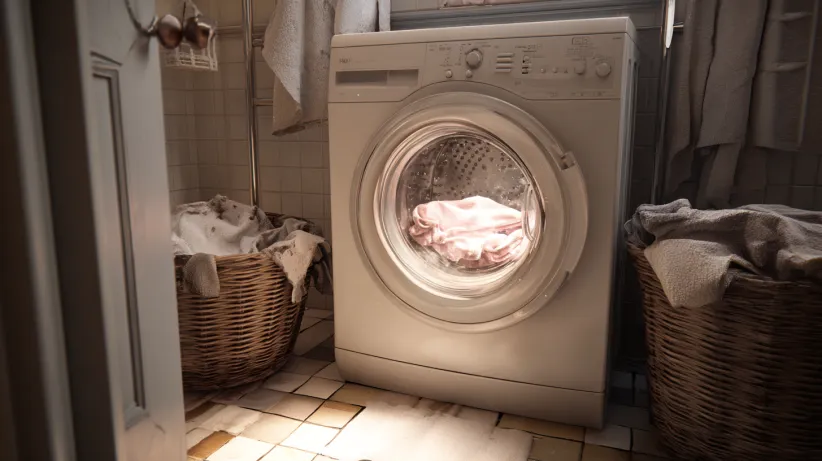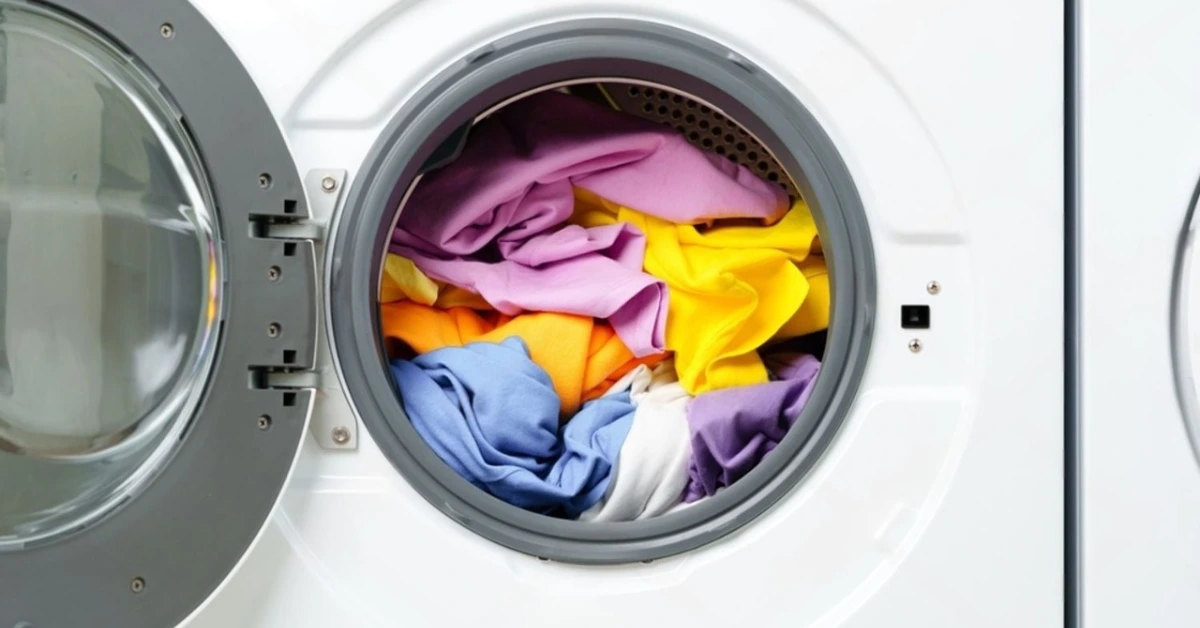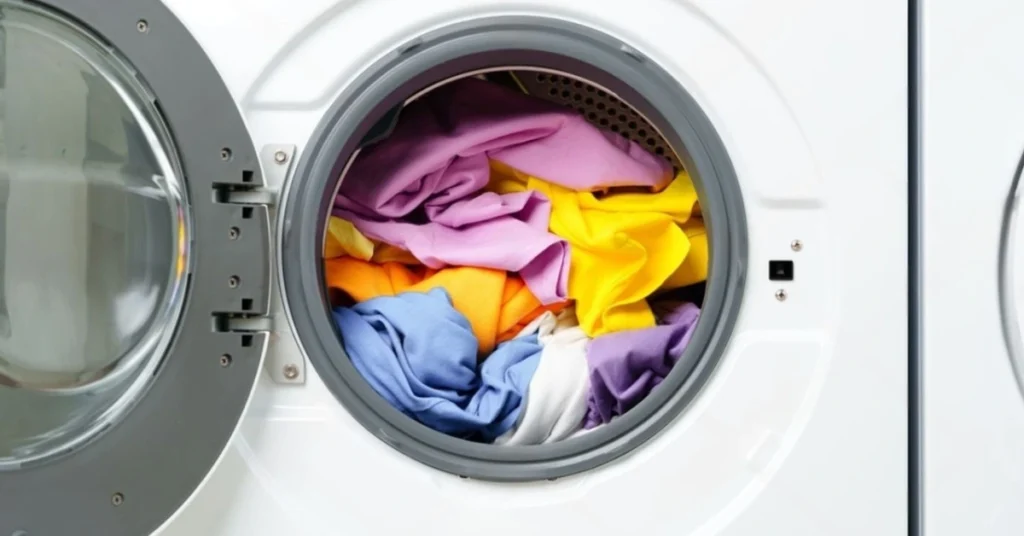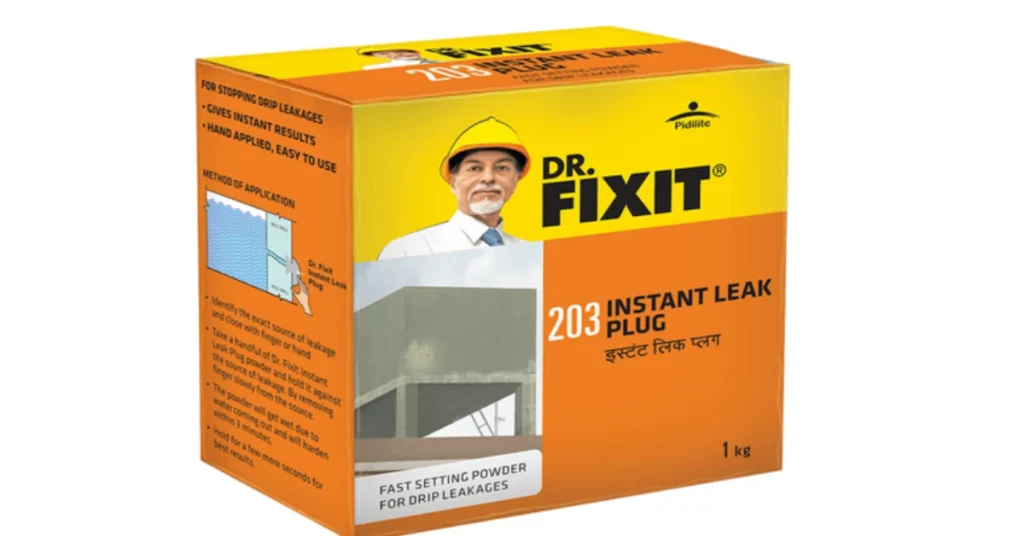Understanding the functions of your washing machine is key to achieving perfectly clean and fresh laundry every time. While the main wash cycle gets the most attention, the rinse cycle is an equally critical step. So, what is the rinse in a washing machine? It is the stage that flushes away all the detergent, soap, and loosened dirt from your clothes after the main wash is complete. This guide will delve deep into the rinse function in a washing machine, explaining its purpose and how to use it effectively.
What is Rinse Cycle in a Washing Machine?

The rinse in a washing machine is a dedicated phase in the washing process where the tub, after draining the soapy water from the wash cycle, is refilled with clean, fresh water. The clothes are then tumbled or agitated in this clean water to thoroughly remove any lingering detergent, soil, and suds. It acts as a crucial purifying step, ensuring that the garments emerging from the machine are truly clean and free from any leftover cleaning agents before the final spin cycle begins.
Rinse Cycle in Washing Machine – A Quick Information
Here is a brief overview of the key aspects of the rinse cycle, meaning and its typical operational parameters in most modern washing machines.
Unbeatable Price 5-Star Rated Partner! 2200+ Shades! Top Quality Paint Free Cancellation!

Get a rental agreement with doorstep delivery

Find the BEST deals and get unbelievable DISCOUNTS directly from builders!

5-Star rated painters, premium paints and services at the BEST PRICES!
| Feature | Details |
|---|---|
| Cycle Duration | 5 – 15 minutes (depending on machine) |
| Water Usage | Approx. 15 – 30 litres per rinse |
| Main Purpose | Remove detergent, dirt, and soap residue |
| Available in Modes | Quick Wash, Normal, Heavy, Baby Care, etc. |
| Recommended Use | All loads, especially for allergies/sensitive skin |
Types of Rinse Options Available

Modern washing machines offer various rinse options to cater to different fabric types and laundry needs, enhancing the rinse function in a washing machine.
- Standard Rinse: This is the default rinse for most cycles. It involves a single fill with clean water, which is sufficient for normally soiled laundry loads.
- Extra Rinse Function: The extra rinse function adds one or more additional rinses to the cycle, ensuring all detergent is thoroughly removed from the clothes.
- Rinse and Spin: A standalone cycle that only rinses and spins clothes. It is perfect for items that have been hand-washed or just need freshening up.
- Rinse Hold: This function, also known as crease care, pauses the machine before the final spin, leaving clothes in water to prevent wrinkles from setting.
- Rinse+ or Rinse Plus: A branded feature like Rinse+ in LG washing machine models, this option provides a more intensive rinse, sometimes using jet sprays for deeper cleaning.
How Does the Rinse Cycle Work?
Understanding how rinse works in washing machine demystifies the process and highlights its importance. The mechanics are straightforward but vital for the final quality of your laundry.
- Draining Soapy Water: Once the main wash cycle is complete, the machine’s pump activates to drain all the soapy, dirty water from the drum. This initial drain removes the majority of the detergent and loosened soil from your garments.
- Refilling with Clean Water: The machine then opens its water inlet valve to fill the drum with fresh, cold water. Using cold water for rinsing is standard as it saves energy and is effective for removing soap without causing fabrics to shrink or colours to bleed. The amount of washing machine rinse water used depends on the load size and machine model.
- Tumbling and Agitation: The drum begins to tumble or agitate, moving the clothes through the clean water. This mechanical action is crucial. It forces water through the fabric fibres, dislodging and diluting any remaining soap particles and trapped dirt, ensuring they are fully suspended in the rinse water.
- Final Drain: After a set period of tumbling, the machine drains this rinse water, carrying away the last traces of residue. In a standard cycle, this is often followed immediately by the spin cycle. If an extra rinse is selected, this entire process from steps 2 to 4 is repeated.
For your machine to perform this function effectively, it must be clean itself. A buildup of grime or detergent scum inside the drum can compromise the rinse. It’s beneficial to periodically perform a maintenance wash or deep clean your washing machine to ensure every cycle, including the rinse, is as effective as possible.
Why the Rinse Cycle Is Important?
The rinse cycle is more than just a transitional phase; it is fundamental to the purpose of rinse in laundry. Its importance cannot be overstated for several key reasons.
- Prevents Skin Irritation: Leftover detergent residue can cause skin irritation, rashes, and allergic reactions. A thorough rinse ensures that fabrics are free from these chemical irritants, making them safe and comfortable to wear, especially for babies and individuals with sensitive skin.
- Maintains Fabric Softness and Colour: Detergent residue can leave clothes feeling stiff, scratchy, and harsh against the skin. Over time, this leads to a dull, greyish appearance on whites and fading. A proper rinse keeps fabrics soft and bright.
- Removes Trapped Dirt and Odours: The wash cycle lifts dirt and odours from fabrics, suspending them in the water. The rinse cycle’s primary job is to flush this suspended grime away completely. Without an effective rinse, some of that dirt and odour-causing bacteria can redeposit onto the clothes.
- Enhances Machine Longevity: A clean rinse helps in flushing out not just dirt from clothes but also excess suds from the machine itself. Excessive suds can put a strain on the machine’s pump and motor. Ensuring your machine rinses properly is a part of good maintenance, just like using a washing machine tub cleaner to maintain the drum. A clean tub leads to a cleaner rinse.
When Should You Use the Extra Rinse Option?
The extra rinse function is a valuable tool for specific laundry loads, providing an additional layer of cleaning power when a standard rinse isn’t enough.
- For Sensitive Skin: It is essential for people with allergies or sensitive skin, as it guarantees the near-total removal of potentially irritating detergent from all fabrics.
- Washing Baby Clothes: A baby’s skin is extremely delicate. Using an extra rinse is a highly recommended safety measure to protect their skin from harsh chemical residues.
- Heavily Soiled Garments: For exceptionally dirty clothes, an extra rinse ensures that all the heavy grime and strong detergent used to clean them are completely washed away.
- Bulky Items: Use it for items like comforters, pillows, and thick blankets that can easily trap soap deep within their layers, requiring more rinsing action.
By using options like the extra rinse strategically, you can ensure that the clothes are not just clean, but hygienically clean and comfortable for everyone. Learning how to clean the washing machine tub is a another step towards achieving this goal, as a clean appliance is the foundation of clean laundry.
How NoBroker Can Help with Plumbing Services?
While a washing machine is a self-contained appliance, it relies on your home’s plumbing for its water supply and drainage. If you notice issues like slow filling, poor drainage, or leaks from the washing machine connections, it could indicate a problem with your plumbing system. NoBroker offers expert plumbing services to diagnose and resolve these issues swiftly. Our verified professionals can ensure your water lines and drainage pipes are clear and functioning correctly, allowing your washing machine to perform its rinse cycle and all other functions without any hitches.
Frequently Asked Questions
Ans: The rinse function flushes clothes with clean water after the wash cycle to remove all leftover detergent, soap, and loosened dirt, ensuring they are residue-free.
Ans: No, they are different. A wash cycle uses detergent to clean clothes, whereas a rinse and spin cycle only uses clean water to rinse them and then spins to remove excess water.
Ans: A standard rinse cycle typically lasts between 5 to 15 minutes. The exact duration can vary depending on the washing machine model and the selected wash program.
Ans: It is highly recommended for people with sensitive skin, for washing baby clothes, or for bulky and heavily soiled items to ensure all detergent residue is thoroughly removed.
Ans: Yes, most washing machines have a “Rinse and Spin” option. This standalone cycle is useful for rinsing hand-washed items or freshening up clothes without a full wash.
Recommended Reading


Loved what you read? Share it with others!
 Suju,Author
Suju,Author
I’m Suju, an alchemist turned content writer from the enchanting land of Coorg. I love infusing my words with a touch of magic, creating engaging blogs, and informative articles And I have a deep passion for crafting beautiful poems.
Source link




